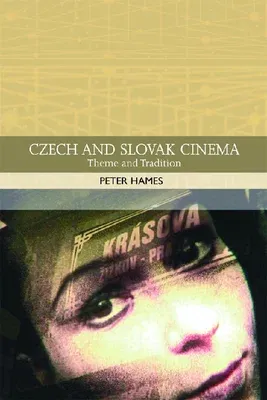Peter Hames
(Author)Czech and Slovak Cinema: Theme and TraditionPaperback, 9 August 2010

Qty
1
Turbo
Ships in 2 - 3 days
In Stock
Free Delivery
Cash on Delivery
15 Days
Free Returns
Secure Checkout

Reading Age
Ages: 22
Grade Levels
17
Part of Series
Traditions in World Cinema
Print Length
272 pages
Language
English
Publisher
Edinburgh University Press
Date Published
9 Aug 2010
ISBN-10
0748620826
ISBN-13
9780748620821
Description
Product Details
Audience:
Ages: 22
Author:
Book Format:
Paperback
Country of Origin:
GB
Date Published:
9 August 2010
Dimensions:
23.11 x
15.49 x
1.52 cm
Educational Level:
Grade Levels: 17
ISBN-10:
0748620826
ISBN-13:
9780748620821
Language:
English
Location:
New York
Pages:
272
Publisher:
Series:
Weight:
408.23 gm